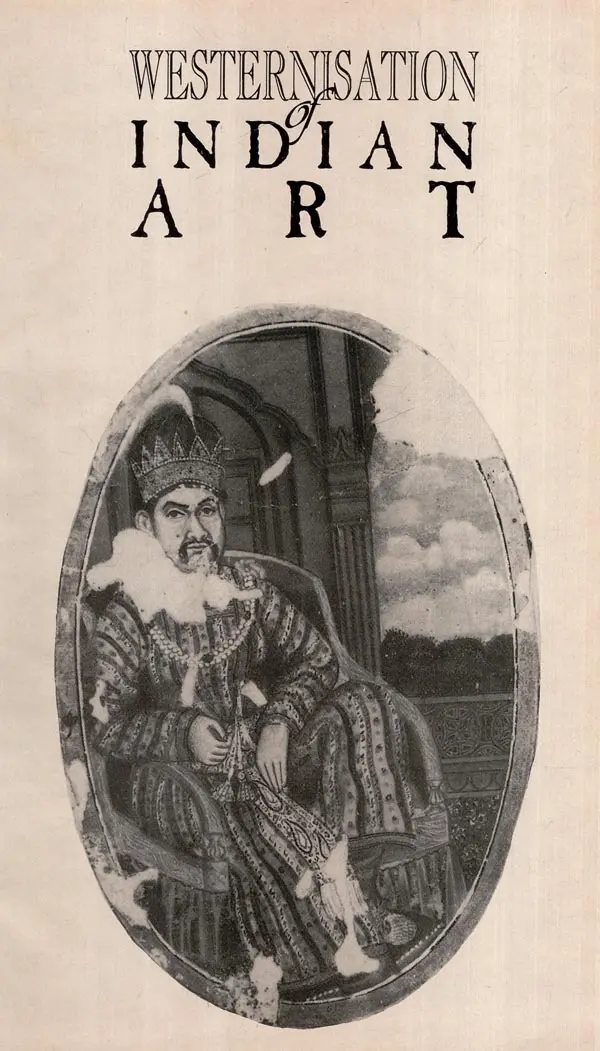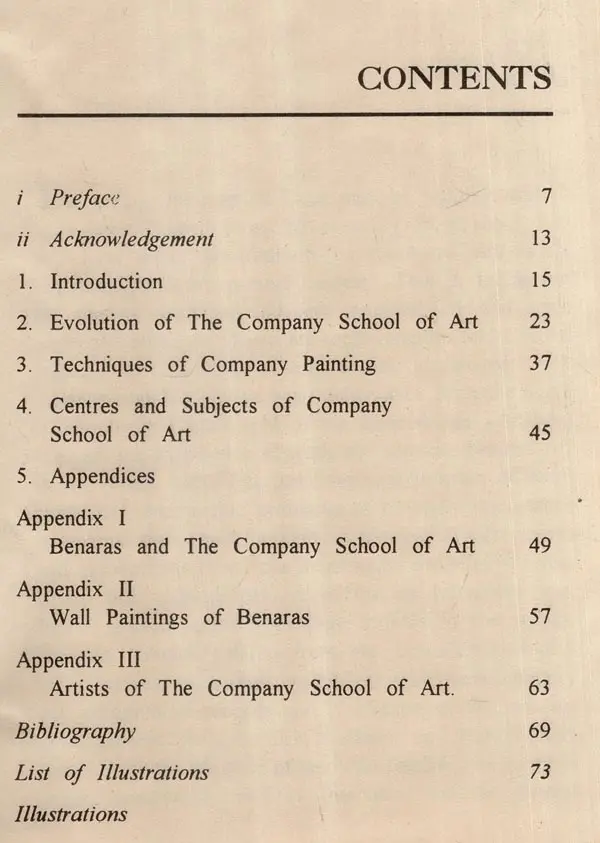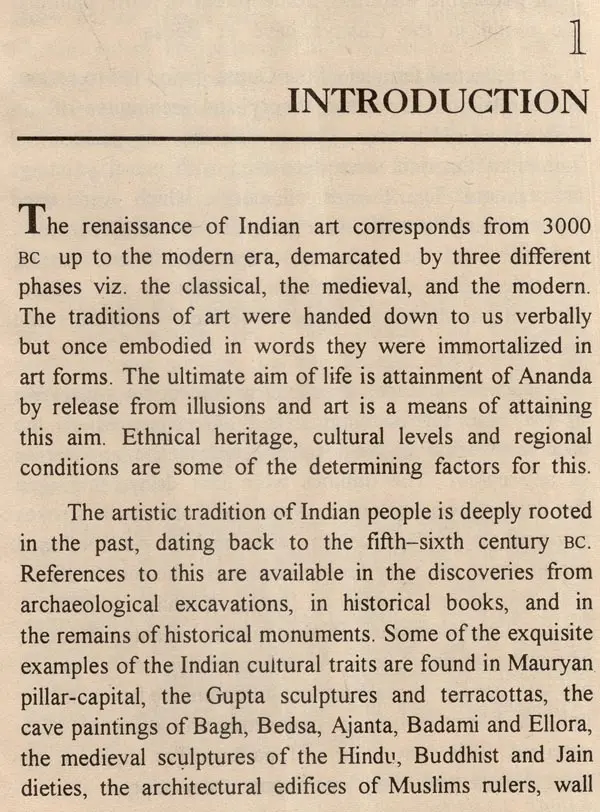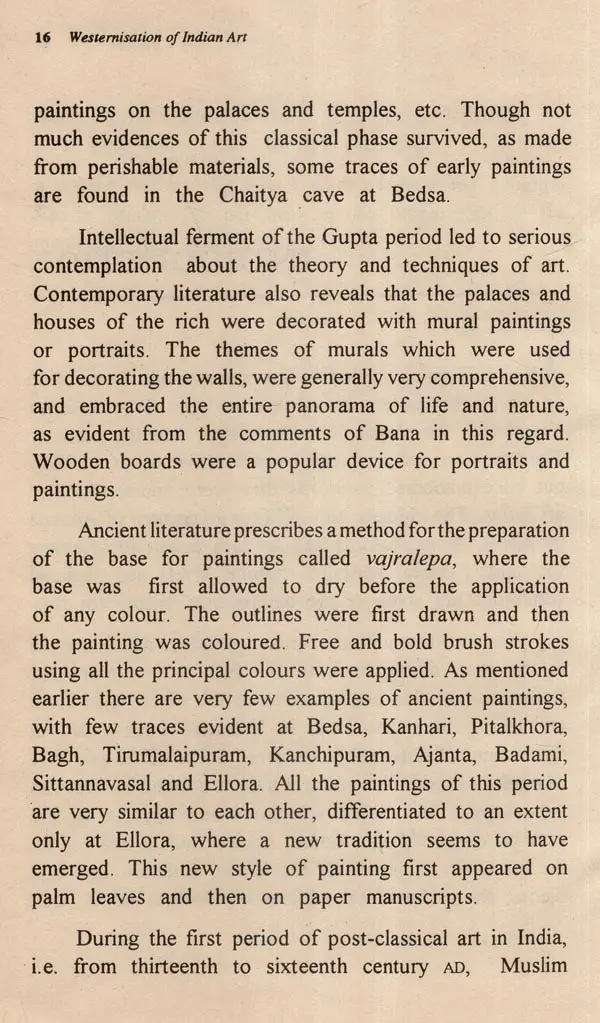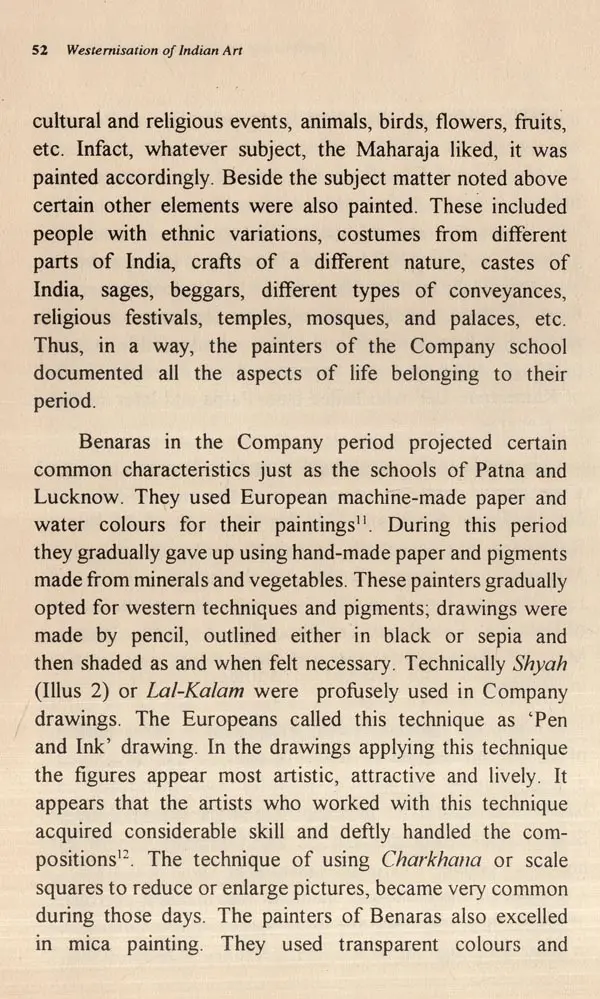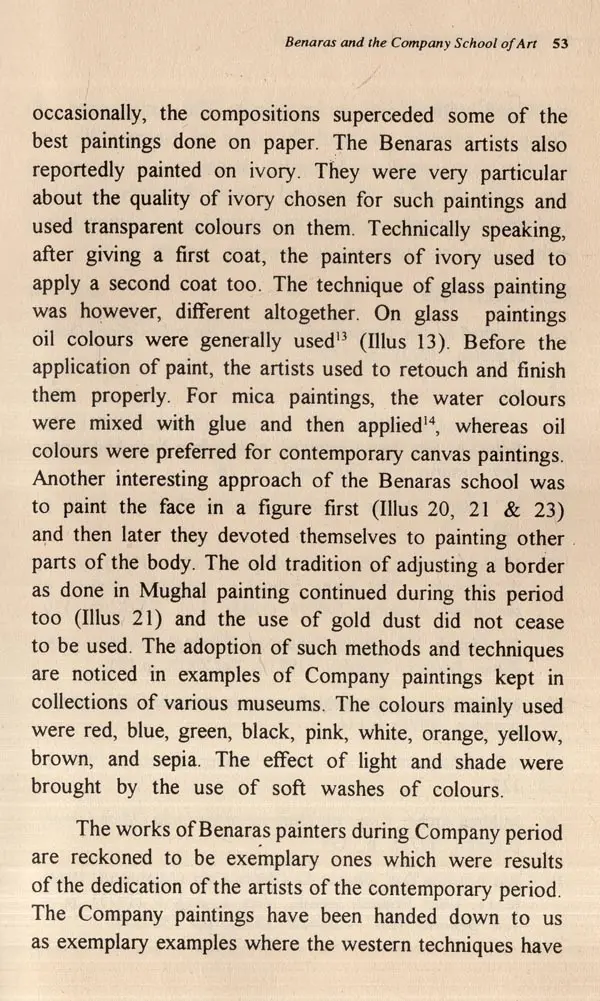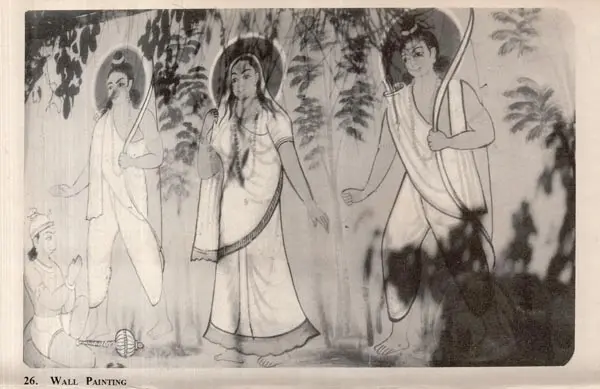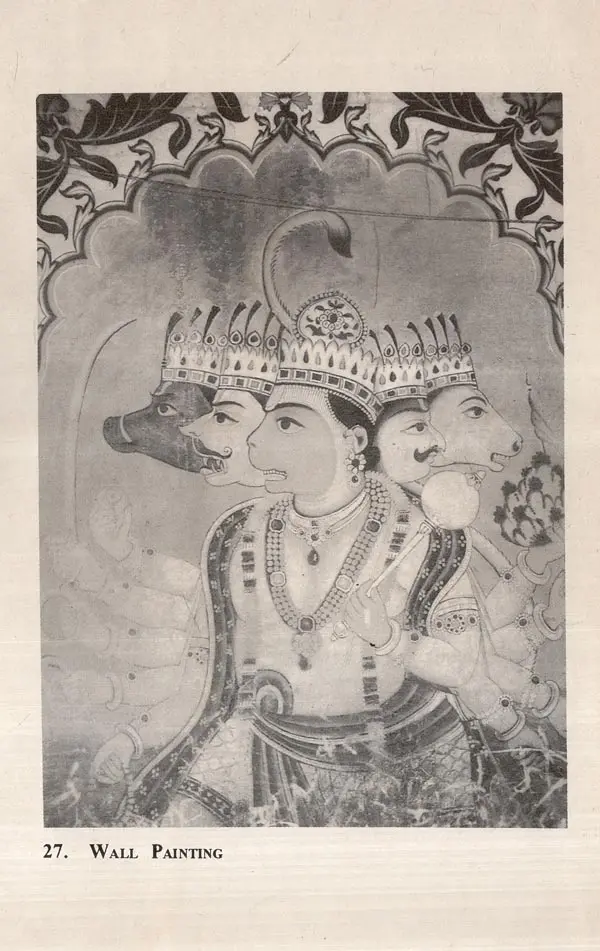About the Book The book entitled The Westernization of Indian Art, apparently looks as not being exhaustively dealt with. The case is somewhat different. The book has taken care of all the aspects of the subject and has been written with precise understanding, in depth analysis and is written basing on logical premises. The idea has been to avoid unnecessary details and to attract its readers with the pointed conclusions. The book includes a summary survey of the history of Indian paintings, a historical backdrop of Company paintings, a discussion on the techniques, adopted in their paintings, the themes and the centres of Company paintings, the artists of the said school. A special light is thrown on Company Paintings of Banaras indicating its impact on the wall paintings of the city. A curious reader would find in this book all materials on Company Paintings and a number of facts not reflected earlier on any article or in any book on this area.
About the Author Dr. TN Mishra is at present working in Bharat Kala Bhavan, Banaras Hindu University, Varanasi. Before joining the Bharat Kala Bhavan Dr. Mishra had been serving in various faculty and a degree college. Dr. Mishra has published three books and more than three dozen research articles in various journals on various aspects of Indian art and archaeology and participated in various national seminars.
Preface The artistic heritage of India may be roughly said to have been handed down to posterity from about 300 BC. Ever since, this tradition has continued with hardly any break, till the present century. Though Indian art has shaped, re-shaped and been moulded time and again under the influence of various socio-religious and cultural factors, yet its ultimate aim remains unchanged. Art's ultimate aim has always been deliverance from the snare of illusion and attainment of the great delight (Ananda) through the experience of truth and ultimate beauty. Art. in its varied facets has been depicted through different. mediums. Innumerable evidences of historical importance have been discovered through archaeological excavations and explorations of various monuments and sites in India, along with a large amount of literary references too. India's ancient cultural heritage unfolds in the stupas, chaityas, temples, palaces, forts, etc. Countless examples of sculptures, terracottas, paintings, coins, seals, pottery and epigraphical records give a glimpse of the palaces, royal gardens, forts, secular dwellings, etc.
Book's Contents and Sample Pages
